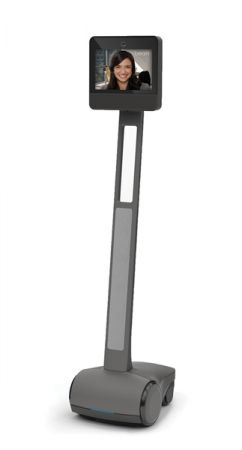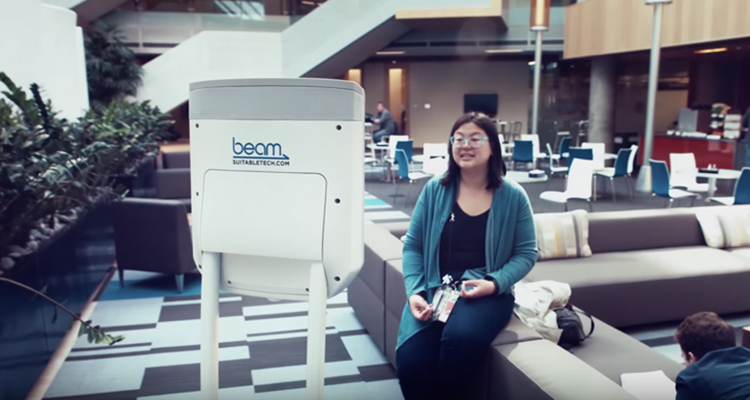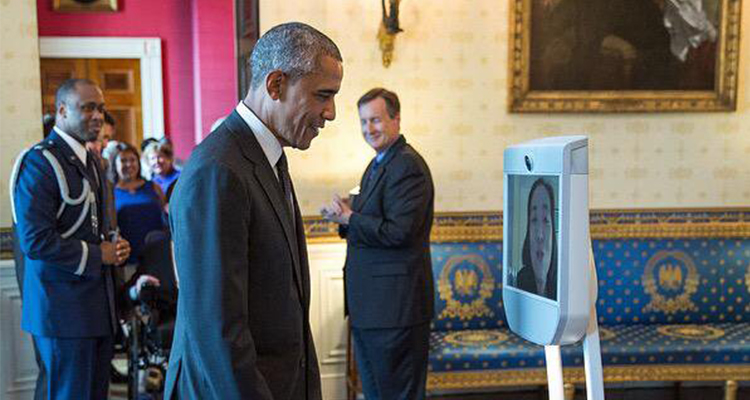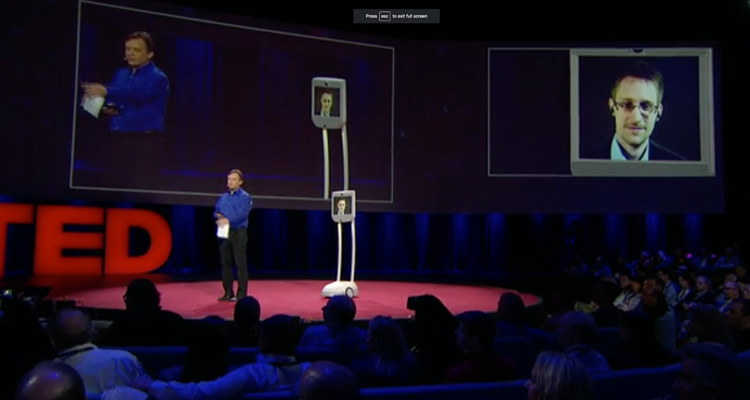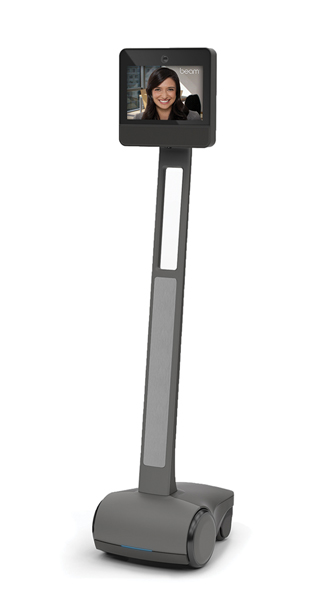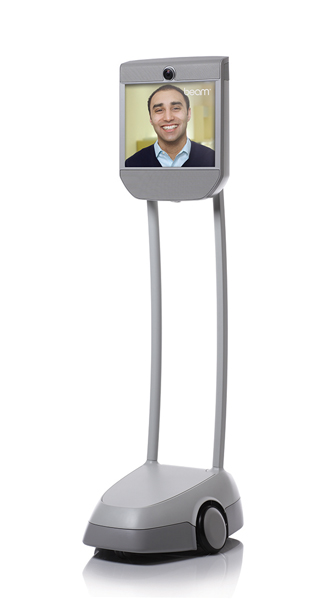In honor of Labor Day - a holiday launched more than a century ago to celebrate “the social and economic achievements of American workers” - we salute the men and women that continuously infuse innovation into today’s workforce.
We’ve written extensively on this blog about the rise in and benefits of remote work, which is no longer a workplace trend, but an actual shift that is shaping our workforce. Already 4.3 million employees work from home at least half the time (3.2 percent), and in just a couple of years, almost half the workforce is predicted to do at least part of their job remotely.
As the “fourth industrial revolution,” which is the result of the rise of new technologies, continues to impact economies across the globe, one thing that’s clear is that an employee’s presence is no longer constrained by having a bodily presence in an office - all that’s required for success is a corporate environment that’s supportive of distance work.
As Professor Klaus Schwab, founder and Executive Chairman of the World Economic Forum notes, this shift is “characterized by a range of new technologies that are fusing the physical, digital and biological worlds, impacting all disciplines, economies and industries, and even challenging ideas about what it means to be human.”
Here are a few examples of how industries are fully embracing this new wave of workplace norms and, as a result, getting the most out of the evolution of telecommuting via telepresence technology:
The C-Suite is virtually changed
Remote work isn’t confined to mid-level workers. Innovative leaders like Jeani Vance, Chief Information Officer of Prophet, a global brand and marketing consultancy firm, and Richard Garriott, visionary video game creator and CEO of Portalarium, are now able to “teleport” and be two places at once, thanks to technology. The opportunity for leadership to be on-site and hands-on can’t be underestimated.
As Dick Propfe, future of work leader and CEO of ET Group notes, “I believe CEOs are the role models that convey company values, culture, and leadership standards. It’s important for leaders to be able to engage their staff and be present. When CEOs truly make the effort and care about being with others in their organization on a non-formal basis, they get a sense of the pulse of the organization and can foster more fun, productive and exciting work environments.”
In-home work is on the rise...
The desire for older Americans to age in place is strong - a whopping 90 percent of Americans 65+ state that as a top desire - so the rise of in-home healthcare opportunities naturally follows.
And according to a recent AARP study, interest in caregiver tech is high, with 71 percent of caregivers being interested in technology to support their caregiving tasks and 59 percent saying that they’re likely to use a currently available technology.
These caretakers are not only a critical factor in in-home medical care, but also in companionship, which is key to fighting the “epidemic of loneliness” which causes emotional distress and is linked to cognitive decline and physical ailments.
… as is working from home - for Americans of all ages
Thanks to technology, prolonging a place in the workforce is now a real option for older Americans that are homebound due to illness, finances or other stressors. In fact, the average age of remote workers is older (46) and those employees also are often more educated and demand higher median salaries compared to their in-office counterparts. Remote work is also helping transform the trend of ageism in the workforce by offering more part-time and independent contracting work for senior citizens.
Now, even personal services like health care, can be delivered remotely
Telepresence technology has emerged as a key contributor to the telehealth mix. Allowing a doctor, nurse or other caregiver to “personally” see a patient solves numerous issues that may otherwise prevent that patient from receiving top-quality, timely, appropriate care.
Take for example, Miramont Family Medicine, a group practice with four locations in the Fort Collins, Colorado area, whose lead doctor and CEO, Dr. John Bender routinely uses Beam to see patients. Being able to provide firsthand treatments and consultations on issues as diverse as fiberglass cast removals, weight loss clinic presentations, buprenorphine/addiction clinic follow ups, and personal patient care instruction, affords Dr. Bender and his staff to extend their practice and tend to patients that normally wouldn’t get that invaluable “facetime.
At every level, technology is shifting how today’s workforce, well, works. And as a nation, we are stronger as a whole, with digital tech supporting new opportunities for hard-working Americans.


